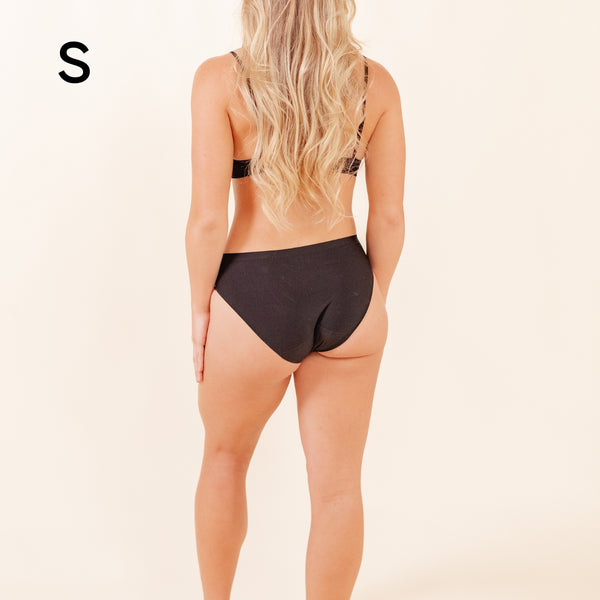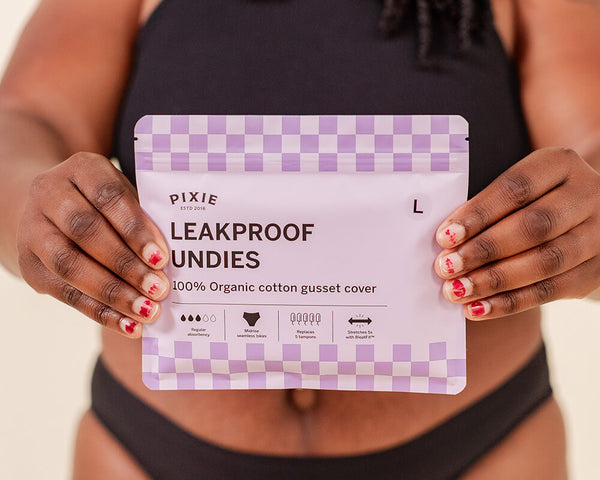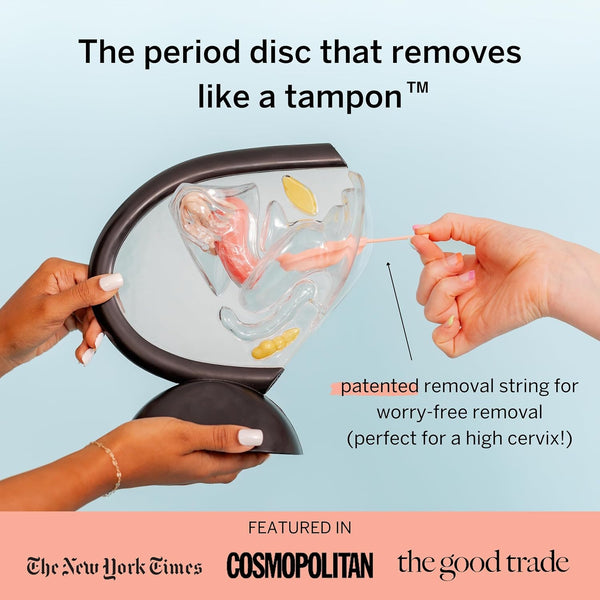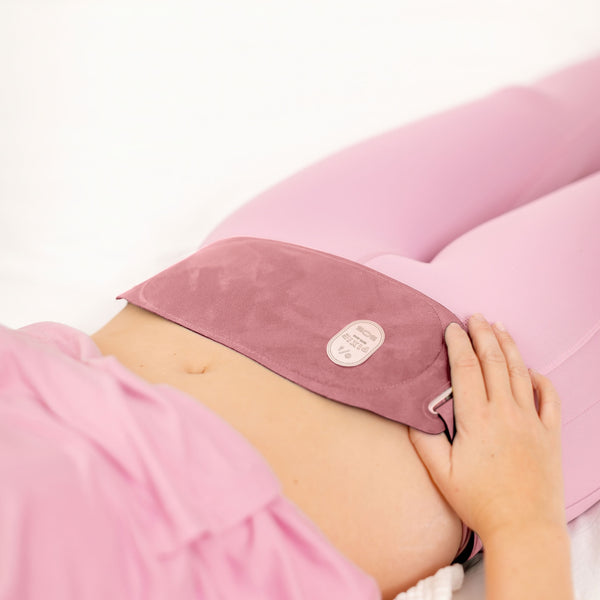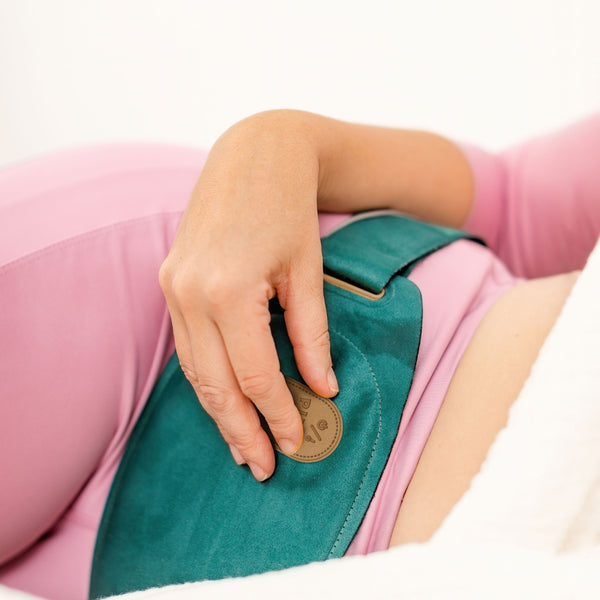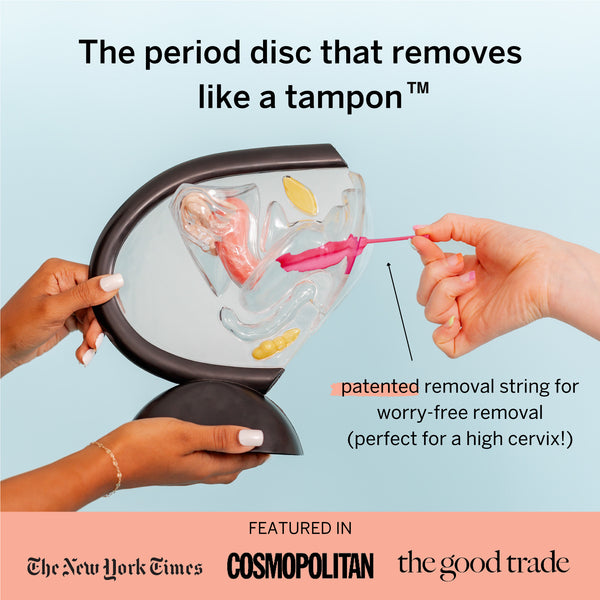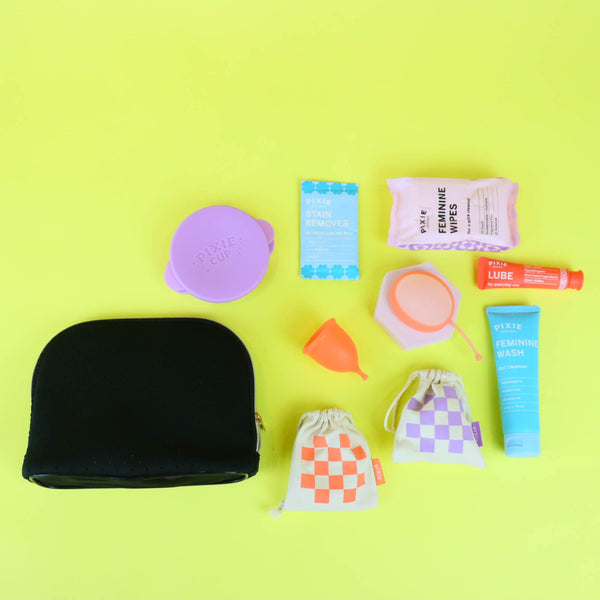How to strengthen pelvic floor muscles
Your pelvic floor muscles form the bottom of your pelvis and support your pelvic organs (uterus, bladder, and bowel). Are you ever in the bathroom and someone barges in unexpectedly? You’re startled and you stop peeing! Or you keep yourself from passing gas at an inopportune moment? Thank your pelvic floor muscles! They’re also the muscles that can contract (tighten) during an orgasm.
Your pelvic floor muscles are important to the wellbeing of anything south of your belly button. Like any other muscle, the pelvic floor muscles can become weak, which can lead to numerous health issues.

What are the signs of a weak pelvic floor?
Here are some tall-tale signs your pelvis could use a workout!
- Leaking urine when coughing, sneezing, laughing or during physical activity
- Passing wind when bending over or lifting (from the front or the back!)
- Not being able to reach the toilet without an accident
- Tampons that dislodge easily or fall out
- Prolapse. For women, this may feel like a bulge in the vagina. For men, it may feel like a bulge in the rectum.
How do pelvic floor muscles weaken?
Weak pelvic floor muscles can stem from many causes. Some people may have weak pelvic floor muscles at a young age, while others may develop them later in life. Some factors that commonly contribute to weak pelvic floor muscles include:
- Pregnancy! The heavy weight of the uterus continuously for months puts a lot of pressure on the pelvic floor.
- Vaginal childbirth
- The weight of obesity
- Continuous constipation and straining yourself during bowel movements
- Lifting heavy objects, whether at work or at the gym
- Constant coughing, sneezing, laughing or pressure to the abdomen
Gravity can also cause muscles to weaken, just by living life! While pelvic floor health is often thought of as a women’s issue, men can also suffer from weak pelvic floor muscles.
Can you strengthen a weak pelvic floor?
Yes! Like any other muscle in our bodies, with knowledge, patience, and consistent work, you can strengthen a weak pelvic floor.
Kegel exercises
Kegel exercises are a popular type of pelvic floor exercise — and yes, men can do them, too!
To identify your pelvic floor muscles, stop urination in midstream. Once you’ve identified your muscles, you can do Kegel exercises in any position, although you might find it easiest to do them lying down at first. To do Kegels, imagine you are sitting on a marble and tighten your pelvic muscles as if you’re lifting the marble. Try it for three seconds at a time, then relax for a count of three. It’s recommended to do these several times a day. You can do them anywhere — at home, at work, or in the car!
The key is to try not to use your abdomen, leg, or butt muscles when you contract your pelvic floor muscles. Exercising these muscles won’t help and will distract you from your mission! To find out if you are contracting your abdomen, leg, or butt muscles, you can place one hand on your stomach and your other hand underneath your buttocks or on your leg. Squeeze to strengthen your pelvic floor muscles. If you feel your abdomen, leg, or butt move in any way, you’re using the wrong muscles.
Using Kegel weights
You can also add Kegel weights to your Kegel exercises to get even better results. Just like using weights for other exercises, Kegel weights provide more resistance to help you build your muscles.
Kegel weights, also referred to as Kegel balls, are small weights that are inserted into the vagina. They give your muscles something to contract around, and they help make sure you’re targeting the correct muscles. Learn more about using Kegel weights.
Pelvic brace
The pelvic brace combines a transversus abdominis activation and a Kegel. It provides the best support for our core and pelvic floor, especially while exercising!
- Begin lying on your back with your legs bent and feet resting on the ground.
- Gently squeeze and lift your pelvic floor muscles as if you were trying to squeeze and lift a blueberry at your vagina or anus.
- As you pull your pelvic floor up and in, gently pull your belly button towards your spine.
- Complete 10 braces (holding for 5 seconds each). Perform 3 sets of 10.
Squats
Doing squats correctly is key to engaging the right muscles… and avoiding injury!

- Begin in a standing upright position with feet shoulder width apart or slightly wider. Hold onto a stable object at your side for support if needed.
- On the inhale, relax your pelvic floor muscles.
- On exhale, gently squeeze and lift the pelvic floor and pull your belly towards your spine, activating the pelvic brace. Hold this contraction throughout the whole movement.
- Perform a squat, bending at your knees and hips. Pretend you are reaching your butt back like you are sitting in a chair.
- Complete 10 squats (holding for 5 seconds each). Perform 3 sets of 10.
Bridge pose

- Begin lying on your back with your legs bent and feet resting on the ground.
- On the inhale, relax the pelvic floor muscles.
- On exhale, gently squeeze and lift the pelvic floor and pull your belly towards your spine, activating the pelvic brace. Hold this contraction during the entire movement.
- Lift your bottom off the floor while holding the pelvic brace. Hold for 5 seconds.
- Complete 10 squats (holding for 5 seconds each). Perform 3 sets of 10.
Bent knee fall outs

- Begin lying on your back with your knees bent and feet resting on the floor or bed.
- On the inhale, relax your pelvic floor muscles.
- On exhale, gently squeeze and lift the pelvic floor and pull your belly towards your spine, activating the pelvic brace. Hold this contraction during the entire movement.
- Slowly let your leg fall out to the side and pull back. Repeat on the other side. If you feel your pelvic brace let go, reset and begin again.
- Complete 10 fall outs on each side. Perform 3 sets of 10.
Quadruped pelvic brace with alternating arm/leg reach

- Begin on all fours.
- On the inhale, relax your pelvic floor muscles.
- On exhale, gently squeeze and lift the pelvic floor and pull your belly towards your spine, activating the pelvic brace. Hold this contraction throughout the whole movement.
- Lift one arm and your opposite leg and reach.
- Bring them back to the ground and repeat with your other arm and leg.
- Complete 10 holds (5 seconds each). Perform 3 sets of 10.
How long does it take to strengthen pelvic floor muscles?
With regular exercise, you should notice some improvement within 4-6 weeks. It may take as long as 3 months to see a major improvement.
Do menstrual cups strengthen the pelvic floor?
A menstrual cup can provide tissue support for some women who are experiencing prolapse. Much like a pessary, a menstrual cup can help push the pelvic organs back into a stable position. However, using a menstrual cup by itself will not help strengthen the pelvic floor muscles. If you have weak pelvic floor muscles, it’s best to perform Kegel exercises or some of the other exercises listed above.
What is the best menstrual cup for weak pelvic floor muscles?
If you have weak pelvic floor muscles, you may find it difficult to use a menstrual cup as it may slip down. You may want to use a firmer menstrual cup, as the firmer material will provide more resistance and help keep the cup in place. Our Pixie Cups are a good option for someone with weak pelvic floor muscles.
However, a cup that slides down isn’t always due to weak pelvic floor muscles. Sometimes, the pelvic floor muscles can be too tight, which can force a menstrual cup out. Tight pelvic floor muscles are less flexible, and may cause pain during sex or when inserting a tampon or menstrual cup. Some women may have tight muscles and pain during their period but are still able to use a menstrual cup. If you have tight pelvic floor muscles, you may find a softer menstrual cup to be less irritating.
Weak pelvic floor muscles + a tilted uterus
Tilted, tipped, and retroverted — all names for the same thing. If you have a tipped uterus, your uterus curves back towards your spine versus being relatively straight or leaning slightly towards your belly button. Studies show that weak pelvic floor muscles can contribute to the “relaxing” of your entire pelvic area, including contributing to a tipped uterus.
A tilted uterus can cause pain during sex, problems with fertility, urinary incontinence, recurrent urinary tract infections, and discomfort wearing tampons.
Typically, someone with a tilted uterus has a cervix that sits lower in the vaginal canal. A lower cervix can also cause a few of the symptoms mentioned above: painful intercourse, and discomfort wearing a tampon. If you have a tilted uterus and have tried menstrual product alternatives like menstrual cups or a menstrual disc, you’ve probably found those are difficult or uncomfortable too.
Wait! Before you throw in the towel!
When wearing a menstrual disc, the lip of the disc catches the underside of the cervix and you “tuck” the opposite side of the disc behind your pubic bone. If you’ve tried this with no luck, you aren’t alone! Your cervix is altogether placed differently. If you have a tipped uterus and are attempting a menstrual disc, keep in mind that in most circumstances you won’t be able to catch the underside of the cervix.

When wearing a menstrual cup with a tilted uterus, you may find that because of your lower cervix, your cup sits much lower in the vaginal canal. This can be quite uncomfortable, depending on the width and depth of the cup. Here at Pixie Cup, we have created a cup especially for a low-sitting cervix! Our Pixie Cup Slim is shaped differently compared to the traditional Pixie Cup and is meant to be worn lower in the vagina. It is softer and thinner, and has a shorter stem, so even users with a tilted uterus can experience complete period freedom!
Many people have a tilted cervix and don’t even realize it. If you’ve had children, any sort of ultrasound, or have had an IUD placed (or removed), your doctor can probably tell you if you have a tilted uterus. Some of us are just born with it, and these pelvic floor exercises can be helpful!
Interested in strengthening your pelvic floor?
Pixie Kegel Weights are perfect for pelvic floor training and strengthening your pelvic floor muscles. Kegel weights paired with pelvic floor exercises are one of the fastest ways to increase your strength to help with bladder control, prepare for pregnancy or recover from labor, and improve symptoms related to prolapse. Our Kegel Weights are body-safe and made from BPA-free silicone, for your comfort and safety.

PLEASE NOTE: This blog post is not intended as a substitute for the medical advice of your doctor. You should regularly consult a physician in matters relating to your health and particularly with respect to anything related to menstruation, bladder issues, constipation, incontinence, etc. If you have any concerns about using a Pixie Cup, consult your doctor before use. If you have any gynecological conditions, please talk to your physician before using any menstrual cup.
This content was originally written on February 10, 2020, and has been updated for freshness, accuracy, and comprehensiveness.
Our Top Picks For You
-
Period Disc & Applicator Kit
![]()
- Regular price
- $48
- Sale Price
- Regular price
-
$55 - $48
- Unit price
- per
Sold out -
Reusable Organic Cotton Pads
![]()
- Regular price
- $28
- Sale Price
- Regular price
-
$34 - $28
- Unit price
- per
Sold out -
Disposable Organic Cotton Pads
![]()
- Regular price
- $7
- Sale Price
- Regular price
-
$9 - $7
- Unit price
- per
Sold out -
Combo Disc + Applicator Bundle
![]()
- Regular price
- $42
- Sale Price
- Regular price
-
$49 - $42
- Unit price
- per
Sold out














